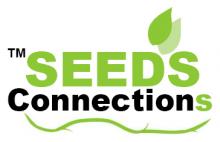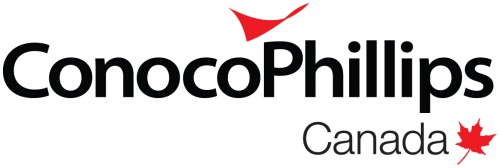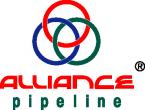This activity will provide you with some ideas about the potential impacts various activities can have on a water source. Complete all questions below using the links provided. Your teacher will provide you with a copy of the Scavenger Hunt Student Sheet or you can download and print one here. Once you have completed the Scavenger Hunt, you will review the answers as a class.
1. The Water Cycle
a) Go to the following diagram and complete the questions below: https://water.usgs.gov/edu/watercycle-kids-adv.html
i) Define each of the following terms and explain why each of these is an important factor to consider for your action project:
A. Runoff
B. Seepage
C. Infiltration
2. Point and Non-point Source Contamination
a) Go to the image at the following link: https://www.e-education.psu.edu/earth103/node/899
i) Describe what is happening in the image titled "Potential sources of contamination in drinking water" in a short paragraph
b) Go to the following website: http://www.aadnc-aandc.gc.ca/eng/1398369474357/1398369572276#chp2
i) Define and give five examples of point source contamination.
ii) Define and give five examples of non-point source contamination.
3. Agricultural Development
a) Use this link to find an example of how agriculture can contaminate water.
b) Go to the following page http://wwf.panda.org/what_we_do/footprint/agriculture/impacts/pollution/ and answer the next questions :
i) According to the World Wildlife Fund, what are three of the ways that farming can contribute to water pollution?
ii) What percentage of the world's planted crops does cotton represent?
iii) What percentage of the world's insecticide use does cotton account for?
iv) What percentage of the world's pesticide use does cotton account for?
4. Energy Projects
a ) Watch this video by ConocoPhillips on their approach to water:
i) According to ConocoPhillips, why are horizontal drilling and hydraulic fracturing better for the environment? (0:30)
ii) How are drill sites selected? (1:00)
iii) How are the aquifers protected from contamination through upward migration? (2:10)
iv) How long is the life of a hydraulic fracturing well compared to a conventional well? (3:24)
v) What happens to the waste water? (3:40)
b) Look at this diagram and explain how hydraulic fracking reduces the number of wells required to access natural gas in shale beds.
c) Using this article from the Canadian Press, name and explain five concerns that the government of Newfoundland and Labrador believed needed to be addressed before shale gas sites can be approved.
5. Urban and Suburban Development
a) Read the short article here: http://oceanservice.noaa.gov/education/kits/pollution/05areas.html and answer the following:
i) Why is runoff in urban and suburban areas a problem for water quality?
ii) What problem do construction sites cause for water systems?
iii) What threat does lawn care in suburban environment pose for water systems?















